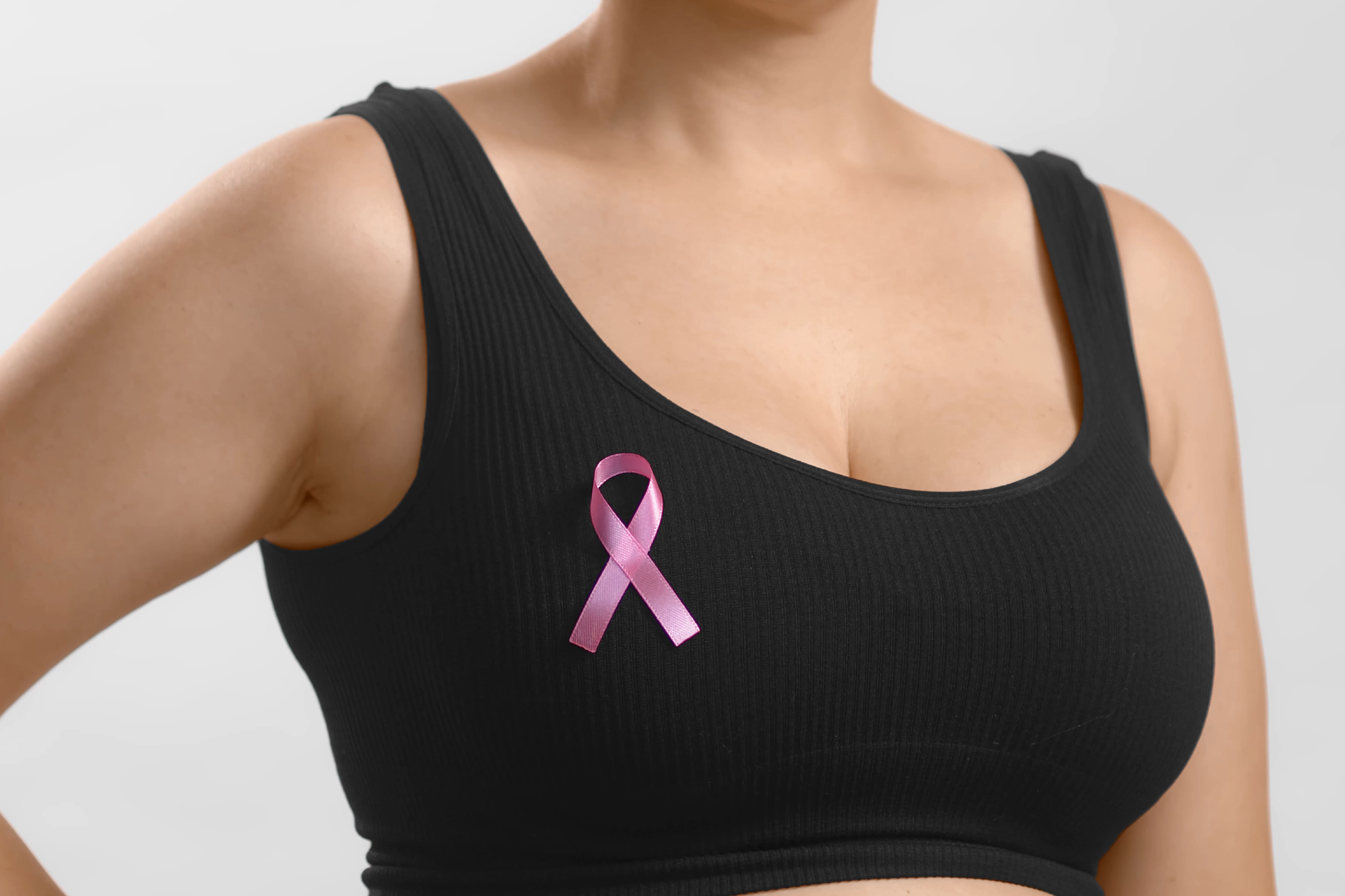Breast Cancer Awareness: Signs and Treatments

In the battle against breast cancer, knowledge is one of our most powerful weapons. As one of the leading causes of cancer-related deaths among women, breast cancer awareness is imperative for early detection and effective treatment. In this blog, we will delve into the crucial signs of breast cancer and explore the various treatment options that can help fight this formidable illness.
-
5 Signs of Breast Cancer
Early detection is crucial for effective treatment, so it's essential to know some signs of breast cancer:
-
Lumps or Masses
The presence of lumps or masses in the breast or underarm area is often painless but can vary in size and texture. Regular self-examinations can help you detect unusual changes, so consult a healthcare professional if you find anything concerning.
-
Changes in breast size or shape
If one breast appears larger or more swollen than the other, or if you notice a distortion in shape, it's essential to seek medical advice. These changes can sometimes signal the presence of a tumor.
-
Nipple discharge
While some nipple discharge can be normal, any unusual discharge—especially if it’s bloody or occurs spontaneously—should not be ignored. This symptom can be associated with breast cancer and warrants a thorough evaluation by a healthcare provider.
-
Skin changes
Any unusual skin changes can include redness, flaking, or dimpling that resembles the texture of an orange peel. A medical professional should assess such changes to indicate any underlying issues, including breast cancer.
-
Pain in the breast or nipple
Non-cancerous conditions often cause breast pain, but persistent or unusual pain in the breast or nipple area can indicate breast cancer.
-
-
5 Treatments for Breast Cancer
Here are five treatment options commonly used in the fight against breast cancer:
-
Surgery
Surgery is a common treatment for breast cancer, and it can involve removing the tumor or the entire breast (mastectomy). When combined with other treatments, the type of surgery depends on the cancer’s stage and location to ensure the best possible outcome.
-
Radiation therapy
Radiation therapy uses high-energy waves to target and kill cancer cells. It is often used after surgery to eliminate any remaining cancer cells in the breast area to reduce the risk of cancer recurrence.
-
Chemotherapy
Chemotherapy involves using drugs to kill rapidly dividing cancer cells. It is often administered before surgery to shrink tumors or target any remaining cancer cells. While it can cause side effects, chemotherapy has been proven effective in treating breast cancer.
-
Hormone therapy
Hormone therapy is used for breast cancers that are hormone receptor-positive. This treatment blocks the body’s natural hormones, like estrogen, which can fuel the growth of certain breast cancers.
-
Targeted therapy
Targeted therapy focuses on specific characteristics of cancer cells, such as the presence of particular proteins. This treatment is tailored to individual cancer types and can be less harmful to healthy cells than traditional chemotherapy.
-
Understanding the signs and treatment options of breast cancer empowers you to take control of your health. Don't hesitate to contact a healthcare provider if you notice any of the above signs or have concerns. Early detection and appropriate treatment can make a world of difference, allowing you or your loved ones to face breast cancer with courage and resilience.
